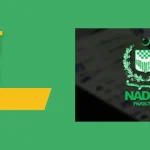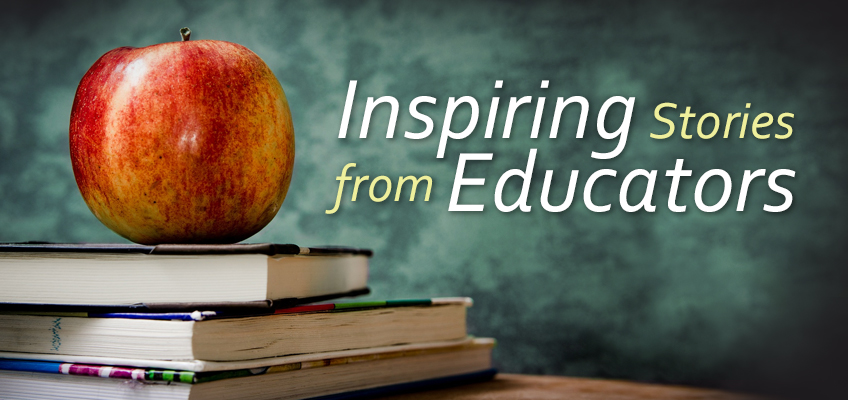📌 Introduction: The Power of Play
Learning doesn’t have to be boring. In fact, when we play, we engage deeply, retain more, and enjoy the process.
That’s why gamification is revolutionizing the education sector.
Gamification refers to the application of game elements—like points, badges, levels, leaderboards, and rewards—to non-game contexts like learning.
In classrooms, apps, and corporate training programs, gamification is being used to motivate learners, boost engagement, and drive outcomes.
🎯 1. What Is Gamification in Education?
Gamification in education involves:
- Turning lessons into quests or missions
- Adding game mechanics like scoring, time limits, levels
- Offering immediate feedback and incentives
- Encouraging competition or collaboration
It doesn’t mean turning learning into a video game, but rather leveraging game psychology to make learning addictive in a good way.

🧱 2. Core Elements of Gamified Learning
| Element | Purpose |
|---|---|
| 🏆 Points | Instant rewards for correct answers or actions |
| 🥇 Badges | Symbolic rewards for achievements or milestones |
| 📈 Levels | Represent learner progress and mastery |
| 📊 Leaderboards | Add competitive (or collaborative) motivation |
| 🔁 Quests | Structure content into mini-challenges or missions |
| 💡 Feedback | Continuous guidance and course correction |
🚸 3. Why Gamification Works
🔥 A. Triggers Dopamine
Games activate the brain’s reward system, creating excitement and motivation.
📚 B. Encourages Mastery
Leveling up gives learners a sense of progress and boosts self-efficacy.
👩🏫 C. Makes Learning Interactive
Gamified elements promote active learning instead of passive content consumption.
🧠 D. Enhances Memory Retention
Fun, challenge-based learning helps embed knowledge more deeply.
🧪 4. Real-Life Applications of Gamification
🏫 K–12 Classrooms
- Teachers use tools like ClassDojo and Kahoot! to gamify participation, behavior, and quizzes.
- Reading becomes a mission; math problems become puzzles.
🎓 Higher Education
- Universities integrate game-based platforms for subjects like computer science, economics, and foreign languages.
- Example: Duolingo gamifies language learning with streaks, hearts, and XP.
🧑💼 Corporate Training
- Companies use gamified systems to make boring compliance or onboarding training fun.
- Platforms like TalentLMS and Axonify deliver bite-sized missions and real-time feedback.
💼 5. Popular EdTech Tools That Use Gamification
| Tool/App | Gamified Feature |
|---|---|
| Duolingo | Streaks, XP, leagues, and gems for language learning |
| Quizizz | Live multiplayer quiz competitions |
| Kahoot! | Game-show style quizzes with music and leaderboards |
| Prodigy Math | RPG math battles tied to curriculum standards |
| Classcraft | Students create avatars and earn powers through behavior |
| Minecraft: Education Edition | Sandbox learning, especially for STEM |
📊 6. Impact of Gamification on Learning Outcomes
| Impact Area | Description |
|---|---|
| ✅ Engagement | Increases learner participation and reduces dropout rates |
| ✅ Motivation | Encourages intrinsic and extrinsic motivation |
| ✅ Performance | Improves quiz scores, task completion, and recall |
| ✅ Collaboration | Promotes teamwork through team-based challenges |
| ✅ Self-Regulation | Learners manage goals, monitor progress, and persist |
A 2022 meta-analysis published in Educational Technology & Society found that gamified learning environments improved outcomes by 22% on average compared to non-gamified ones.
⚠️ 7. Challenges of Gamification
❌ A. Overemphasis on Rewards
Too much focus on external rewards can reduce intrinsic motivation.
❌ B. One-Size-Fits-All
Gamification that doesn’t match the age group or content level may feel forced.
❌ C. Resource Intensive
Building custom gamified content or apps requires design, tech, and training.
❌ D. Distraction Risk
Some students may focus more on “winning” than learning.

🧠 8. Best Practices for Implementing Gamification
✅ Align With Learning Objectives
Make sure the game mechanics reinforce educational goals, not distract from them.
✅ Offer Meaningful Choices
Games are more powerful when learners have agency—let them choose paths or tools.
✅ Use a Mix of Rewards
Balance extrinsic (points, badges) with intrinsic (mastery, curiosity) motivators.
✅ Keep It Simple
Start small—gamify one activity, then expand.
✅ Collect Feedback
Refine your gamified lessons based on student feedback and performance data.
🔮 9. The Future of Gamified Education
🤖 AI + Gamification
Intelligent systems will adapt games to each learner’s speed, style, and performance in real time.
🧩 AR & VR Integration
Immersive, interactive environments will turn subjects like biology, history, and physics into virtual adventures.
🧬 Neuroscience-Backed Design
Game design will increasingly incorporate brain science to optimize learning flow and memory retention.
✅ Conclusion: Play Is Serious Learning
Gamification isn’t just about fun—it’s about creating a deeper, more memorable learning experience. It turns students from passive listeners into active, engaged players in their own education.
As game designer Jane McGonigal said, “Games are the most elevated form of investigation.”
Blending education with game mechanics makes learning not just effective—but addictive in the best way.
📍Type “next” for Article 15:









